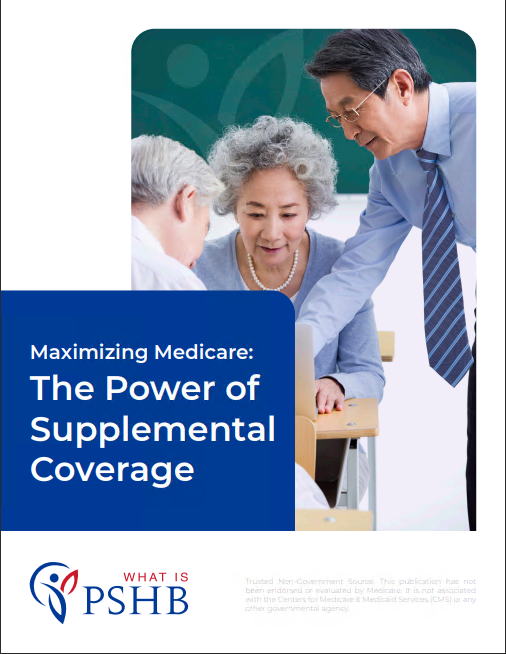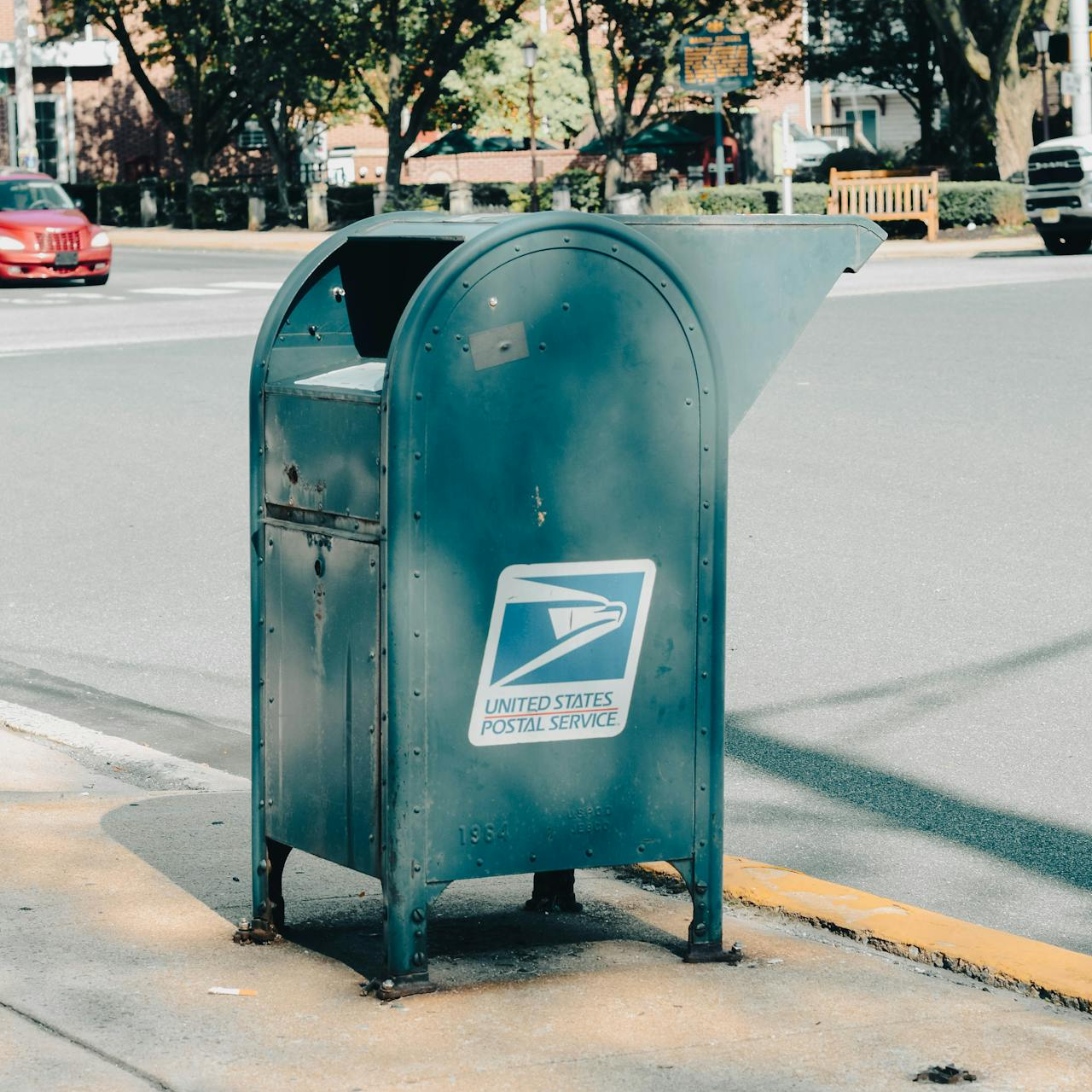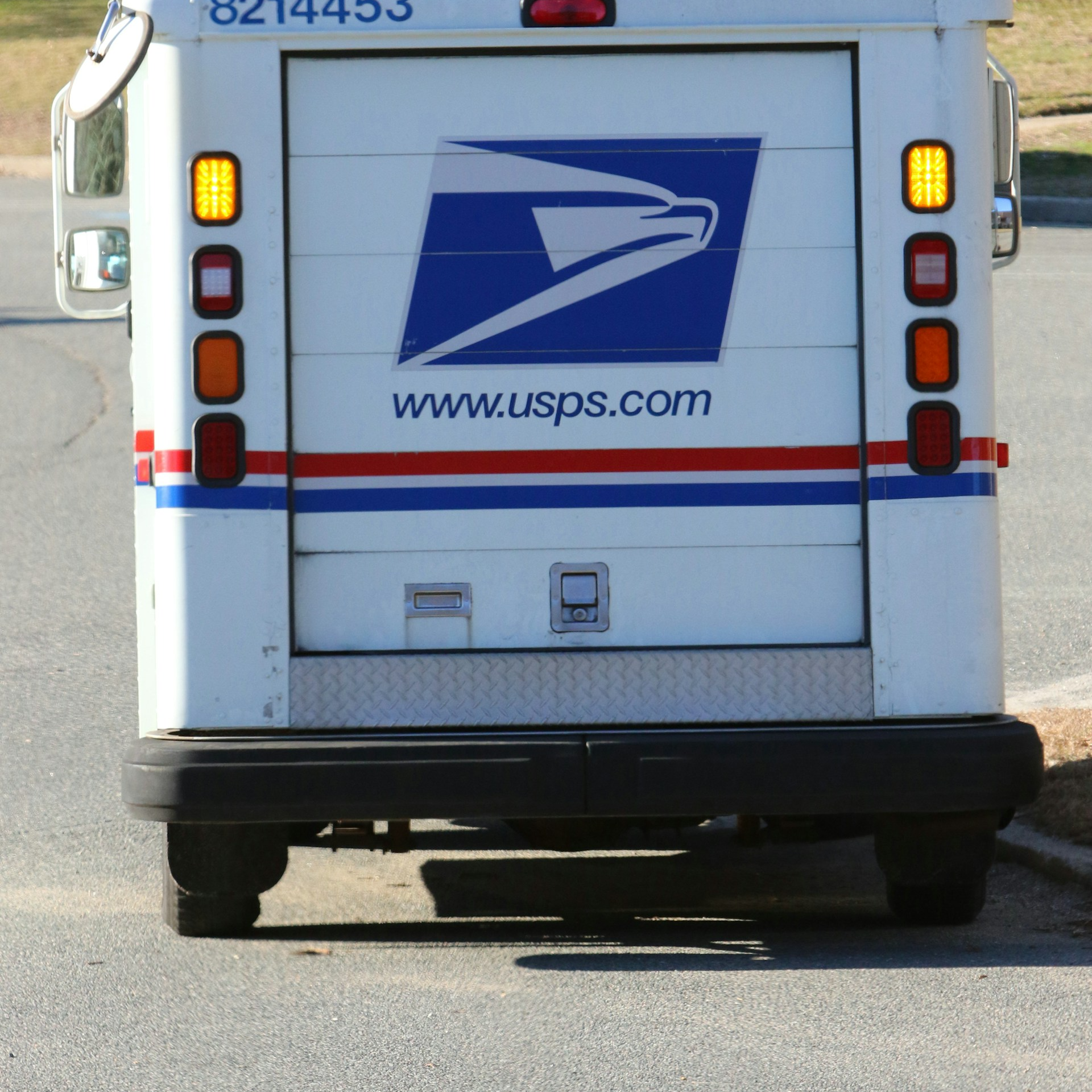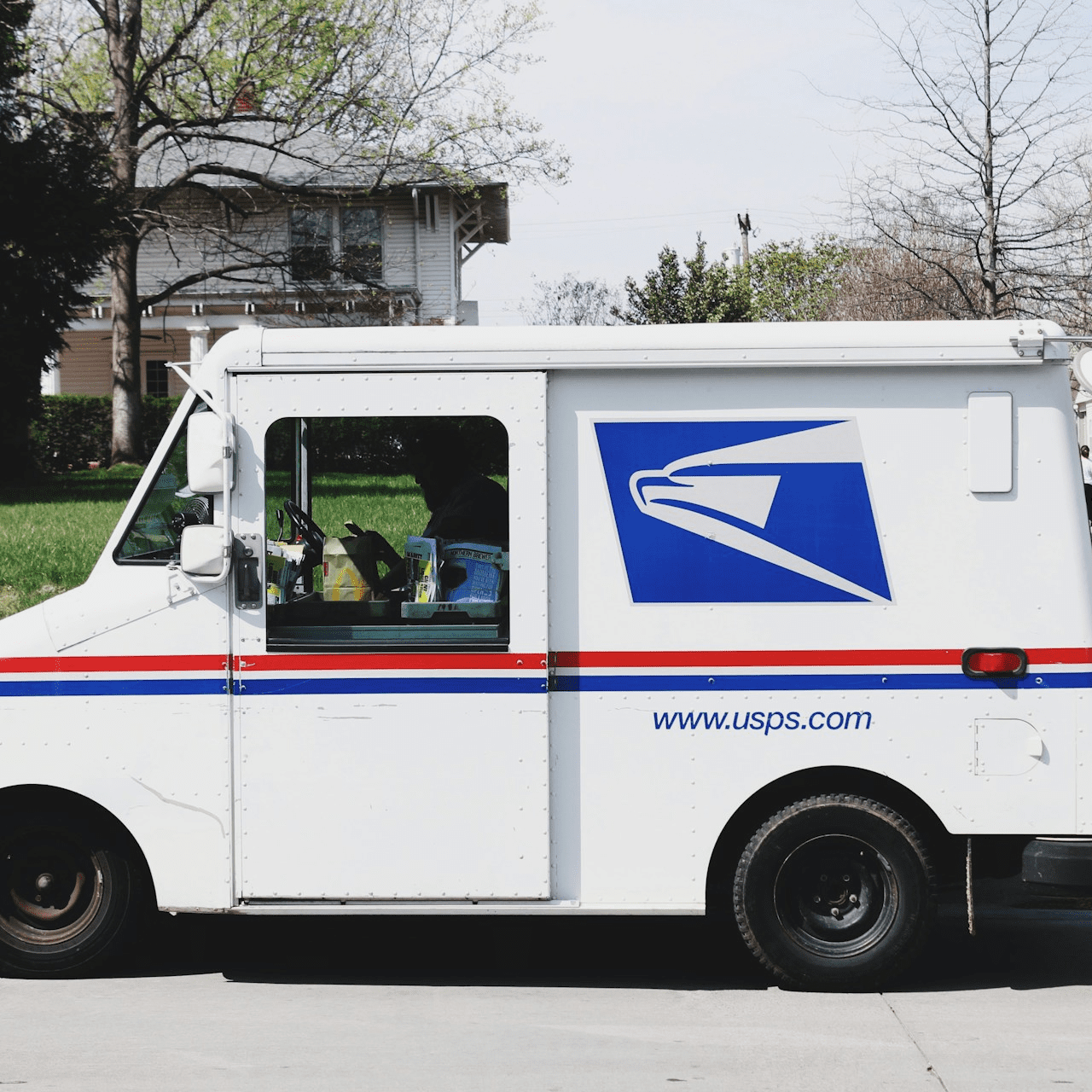Key Takeaways:
- PSHB Open Season is now underway — With the enrollment window running from November 11 to December 9, 2024, it’s important to act before it closes.
- New PSHB program details can impact your coverage — Don’t miss the subtle but essential changes launching on January 1, 2025.
Navigating PSHB Enrollment for 2025
The Postal Service Health Benefits (PSHB) program represents a significant shift for many within the postal community. If you’re a USPS employee, annuitant, or family member covered by the Federal Employees Health Benefits (FEHB) program, the transition to PSHB is something you need to pay attention to this year. Here, I’ll walk you through the crucial aspects of this enrollment period, how it may impact your health coverage, and what actions you need to take before Open Season ends.
PSHB Enrollment Timeline and Start Date
The enrollment period for PSHB is currently open from November 11, 2024, to December 9, 2024. During these weeks, you have the opportunity to review, change, or confirm your health plan for 2025. This is more than just another Open Season; it marks a fundamental change as the Postal Service shifts away from the broader FEHB system to a program tailored specifically for postal workers.
The new PSHB plans kick in on January 1, 2025, so any changes you make during Open Season will take effect right at the start of the new year. This timeline is non-negotiable, so planning ahead is crucial.
What’s New with PSHB?
A Fresh Approach to Postal Health Coverage
The PSHB program was developed to better align with the needs of USPS employees and retirees, offering a more specialized approach than what FEHB provided. While it may share some similarities with its predecessor, there are distinct differences you need to know about before enrolling.
One of the significant updates is how the PSHB coordinates with Medicare, particularly for those who are Medicare-eligible. If you’re an annuitant or a family member eligible for Medicare, enrolling in Medicare Part B is now a critical requirement to maintain PSHB coverage, with specific exceptions.
Automatic Enrollment Is Here
For current FEHB enrollees, automatic enrollment in a corresponding PSHB plan will happen if no action is taken during Open Season. While this provides a safety net, it’s essential to review your options to ensure your new plan meets your specific needs. The last thing you want is to be automatically placed in a plan that doesn’t align with your health or financial expectations.
Important Details You Shouldn’t Overlook
Medicare Coordination Requirements
One of the most impactful changes with the PSHB program is how it integrates with Medicare. For those eligible for Medicare, it’s now required to enroll in Part B to continue with PSHB coverage after January 1, 2025. However, there’s an exception: If you retired on or before January 1, 2025, and are not already enrolled in Part B, you aren’t subject to this requirement. This subtle detail is crucial, as failing to enroll in Part B (if required) could disrupt your health coverage.
Reviewing Plan Options Is Key
Even if automatic enrollment is in place, taking the time to compare plan details is still wise. Open Season is your opportunity to evaluate whether your current plan still fits your needs. This includes understanding the coverage, co-pays, and out-of-pocket expenses that could affect your overall healthcare budget. Remember, your new PSHB plan will stick with you for the year, starting January 1, 2025, so use this window to make an informed choice.
How to Prepare for PSHB Enrollment
Step 1: Gather Your Information
Start by collecting any necessary documents and information related to your current FEHB plan, Medicare enrollment status, and any anticipated healthcare needs for 2025. Knowing where you stand now will make it easier to decide if you need to switch plans.
Step 2: Use the Official Plan Comparison Tools
It’s essential to take advantage of the tools provided by the U.S. Office of Personnel Management (OPM) and other official platforms to compare available PSHB plans. These tools can help clarify which plan will work best for you, particularly when it comes to balancing coverage with potential costs.
Step 3: Make Your Decision Early
Avoid waiting until the last minute to make your choice. The Open Season period is limited, and you’ll want to leave yourself ample time to understand your plan’s benefits and limitations. By making your decision early, you’ll also avoid potential delays or complications that can come with last-minute enrollment changes.
How PSHB Impacts Current and Retired Employees
Active Employees: What You Need to Know
For current USPS employees, this new program shifts how health coverage is approached. While the enrollment process should feel familiar to those used to Open Season under FEHB, the plan offerings, structure, and possible costs might differ. Reviewing your options ensures that you’re not caught off guard come January 1, 2025.
Retirees and Annuitants: The Medicare Link
For retirees and annuitants, particularly those who are Medicare-eligible, PSHB will bring changes that could affect your healthcare budget and coverage stability. If you haven’t enrolled in Medicare Part B but are required to under the new PSHB guidelines, make sure to factor in the associated premiums and coordination with PSHB when planning for the year ahead.
Top Tips for a Smooth PSHB Transition
- Stay Ahead of Deadlines: The PSHB Open Season runs until December 9, 2024. Mark it on your calendar and set reminders.
- Review Your Plan Carefully: Even if you’re automatically enrolled, look over the plan details for 2025. Don’t assume that what worked under FEHB will fit perfectly under PSHB.
- Plan for Potential Costs: While private plan details and exact premiums cannot be discussed here, being aware of general out-of-pocket expenses and how Medicare integrates with PSHB is important.
Frequently Asked Questions About PSHB Enrollment
Q: What happens if I don’t enroll in a PSHB plan during Open Season?
A: If you are currently enrolled in an FEHB plan, you’ll be automatically transitioned to a corresponding PSHB plan. However, reviewing your options is still recommended.
Q: I retired before January 1, 2025, and don’t have Medicare Part B. Do I need to enroll?
A: No, if you retired on or before January 1, 2025, you are exempt from the Part B requirement for PSHB coverage.
Q: Will PSHB plans differ significantly from FEHB plans?
A: While PSHB plans share some similarities with FEHB plans, they are designed with the unique needs of USPS employees in mind. This means some differences in plan structure, benefits, and integration with Medicare.
The Big Picture: Preparing for Your Health Coverage Shift
As we near the January 1, 2025, launch of PSHB, it’s vital to be proactive. Don’t just rely on automatic enrollment—take control of your health plan choice by reviewing the options available to you. Understanding the new coordination with Medicare, knowing your plan’s specifics, and enrolling before the December 9 deadline will help you head into 2025 with confidence.











